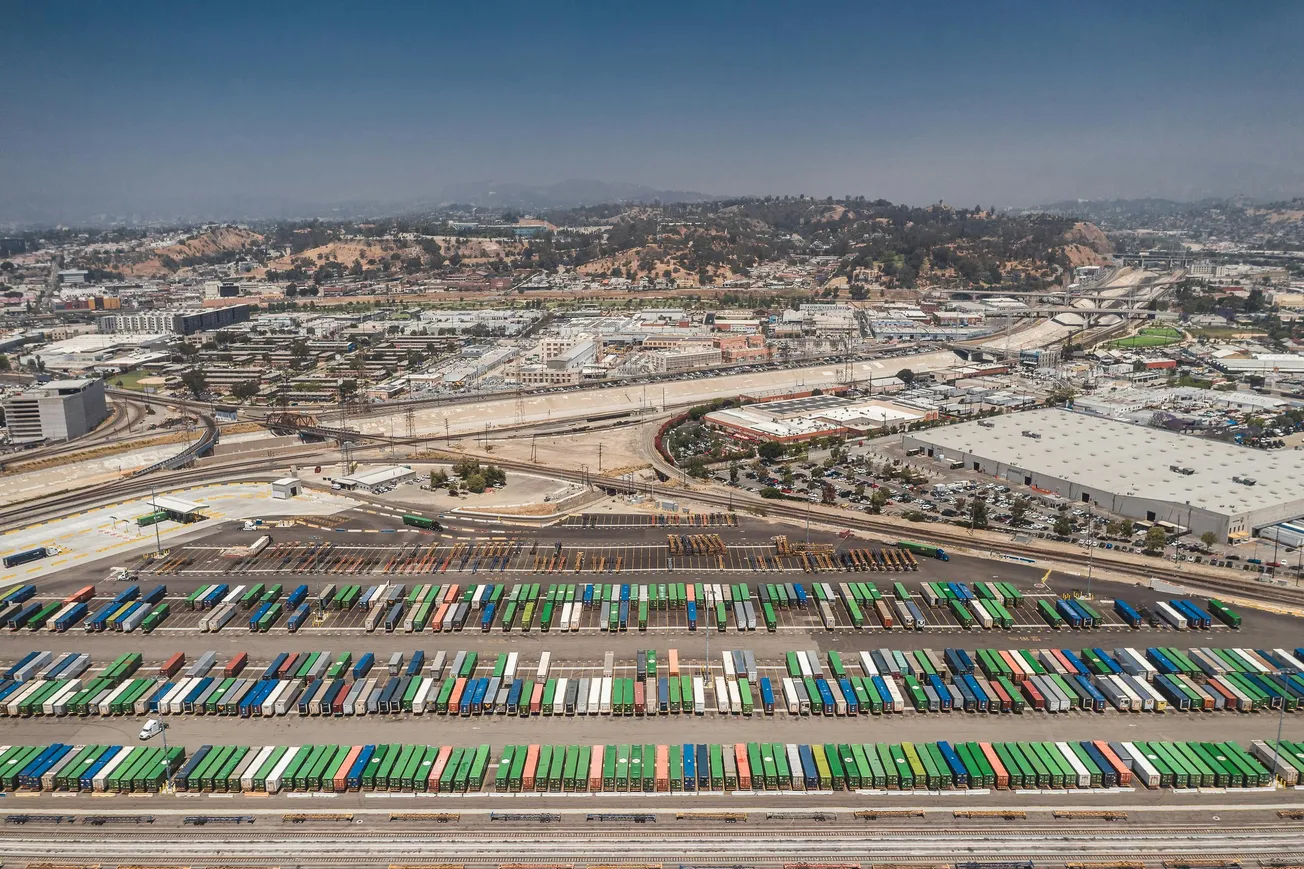Warehouse digitization is no longer a futuristic concept—it’s a strategic imperative. As labor costs rise, fulfillment speed becomes a differentiator, and volatility across the supply chain grows, more businesses are turning to smart autonomy to reduce costs, mitigate risks, and avoid stockouts.
The latest advancements in warehouse tech combine autonomous robotics, remote teleoperation, and machine learning to deliver real gains without massive retrofits or warehouse overhauls.
One emerging model blends robotic forklifts with human-in-the-loop teleoperation, allowing remote operators to step in only when tasks become complex.
This hybrid approach enables warehouse labor to flex across sites in real time, smoothing out seasonal demand spikes and reducing reliance on temp labor or costly overtime. The result? Lower operational costs and higher uptime across distribution centers.
More importantly, digitizing warehouse processes feeds clean, real-time data into the warehouse management system (WMS). Systems like Vaux Vision enhance inventory accuracy by capturing detailed pallet dimensions and locations, helping optimize slotting, reduce picking errors, and minimize excess inventory.
This level of visibility also helps soften the bullwhip effect—where demand fluctuations cause inefficiencies across the supply chain.
In addition to pallet handling, freight movement platforms now accommodate a broader range of logistics challenges. From protecting delicate electronics during data center shipments to moving irregular or non-stackable freight, these systems are designed for speed, flexibility, and safety.
The takeaway for operators: digitize with purpose. Focus on practical automation, enable your team with better data, and scale improvements gradually. By doing so, warehouses can build resilient operations that thrive even under pressure.







